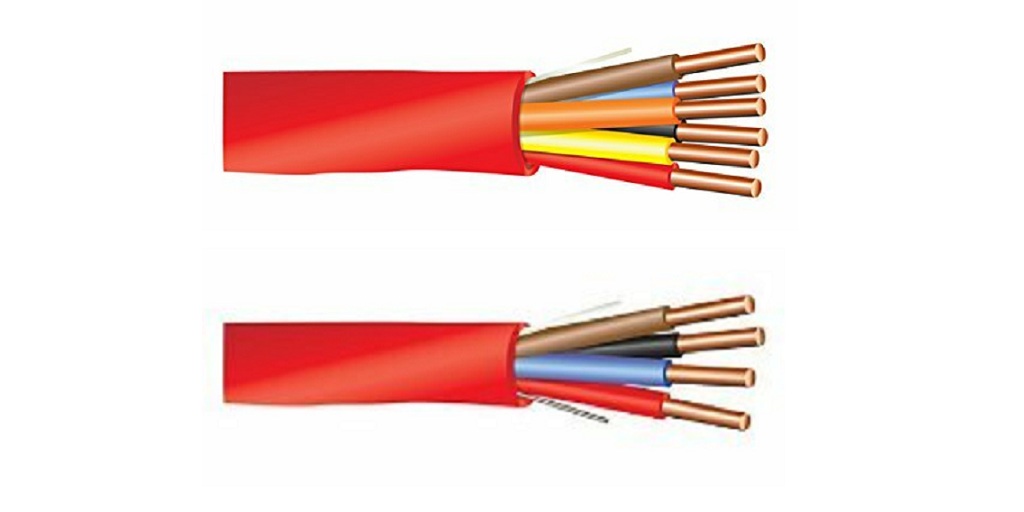One of the most confusing things electricians have to memorize when learning the ropes is how to calculate the right gauge for the intended use. Sure, it’s simple enough to use a wire size calculator, but do you know what the numbers mean?
Let’s find out together. First up is American Wire Gauge (AWG).
During the nascent days of the electrical industry, creating a wire was literally a matter of brute force. Basically, you would take an iron rod and pull it through a hole so it came thinner on the other side. Of course, you could not take a thick rod and pull a fine strand in one pass because it would require massive force and ultimately break the rod. You had to do it gradually, passing your rod through successively thinner holes or dies until it reached the desired diameter.
So, a single pass would yield a thick 1 gauge iron rod, but if you wanted very fine strands, you needed to give your rod a lot more passes. AWG indicates the number of passes required to obtain the desired cable diameter. That’s why a 12-gauge circuit wire is thicker than a 22 AWG fire alarm cable.
As technology advanced and new materials were introduced, iron was replaced by steel and copper as the preferred materials for electrical wiring. The same principle of passing a rod through dies to make thinner and finer strands was kept, but the dies became more accurate and allowed for much greater precision.
The first attempt at standardizing the process was to create a numbering system based on the number of grooves apparent from one side of a wire that passed between two metal rollers or through holes in a die.
This ended up being the American Wire Gauge standard. The standard has been used to create wire for just about every application imaginable: telegraph, telephone, power lines, household wiring, and even early computers. Incidentally, today´s U.S. electricity distribution system is based on a wire size with an AWG of 4/0 – that’s four zero – or 0000 gauge!
Residential Wiring and AWG
Today, residential work requires 14-gauge and 12-gauge wiring. Usually, a 15-amp breaker circuit will work perfectly with 14-gauge wiring, but if you are installing an outlet circuit with a 20-amp breaker, you should go with 12-gauge wires.
Some residences today separate the lights circuit from the outlet circuit to make sure that your lights won´t go out if the outlet circuit fails. Wiring the whole house with 12-gauge wire is also an option to prevent overheating. However, these cables are not as flexible and could represent higher costs.
Projects that require more precision will demand finer gauges. For example, the correct AWG for fire alarms cables is 22-gauge. However, here it is important to understand the difference between cables and wires. The two words are often used interchangeably but they have very different meanings. A wire is an individual conductor inside the plastic jacket. A cable contains two or more wires inside. That’s why when we are wiring electrical systems, we find cables with two numbers separated by a hyphen; one indicates the gauge and the other represents the number of wires or conductors contained.
When installing security systems, you need to know how many conductor wires it needs to operate. The appropriate gauge for a system that requires four conductors or wires will need a 22-4 AWG fire alarm cable (with black, red, green, and white conductors housed inside).
If you have a project in mind or have questions about the right cables for your system, contact EWCS Wire. They offer a wide selection of wires and cables manufactured with the highest-quality standards in the industry.
For more information about Electrical Wire and 12 Awg Solar Pv Multi Conductor Tray Cable Please visit : Electrical Wire Cable Specialists.
Hi, I am Adam Smith, Admin Of TechSketcher, Creative blogger and Digital Marketer.
